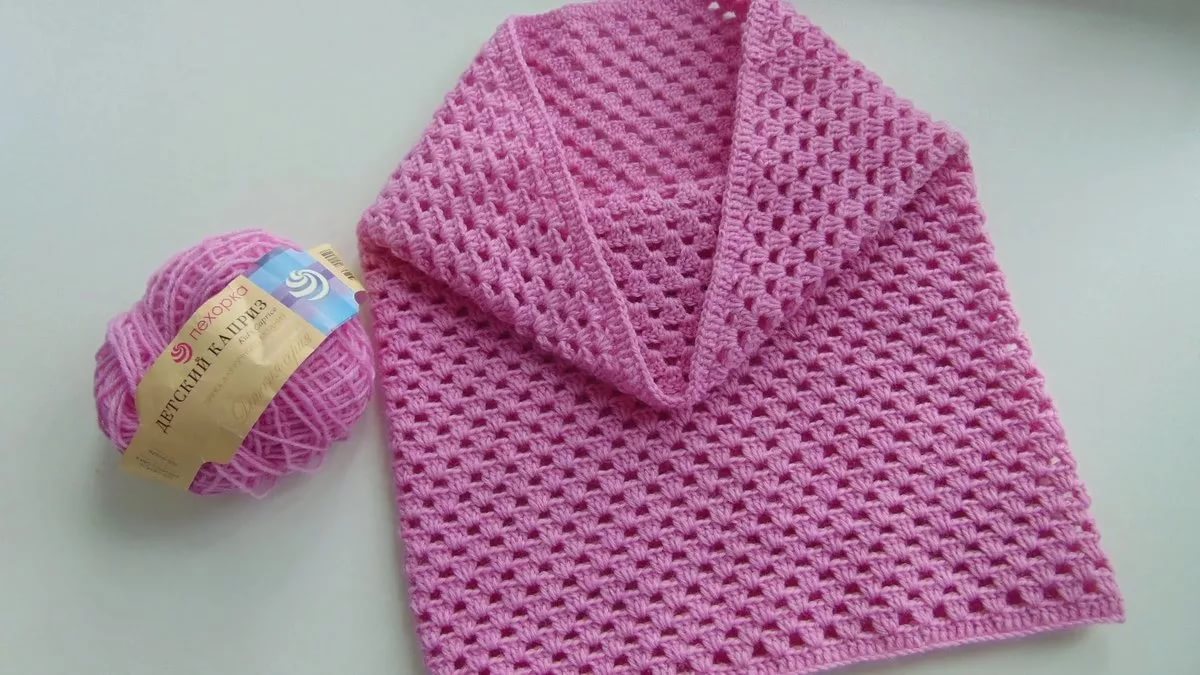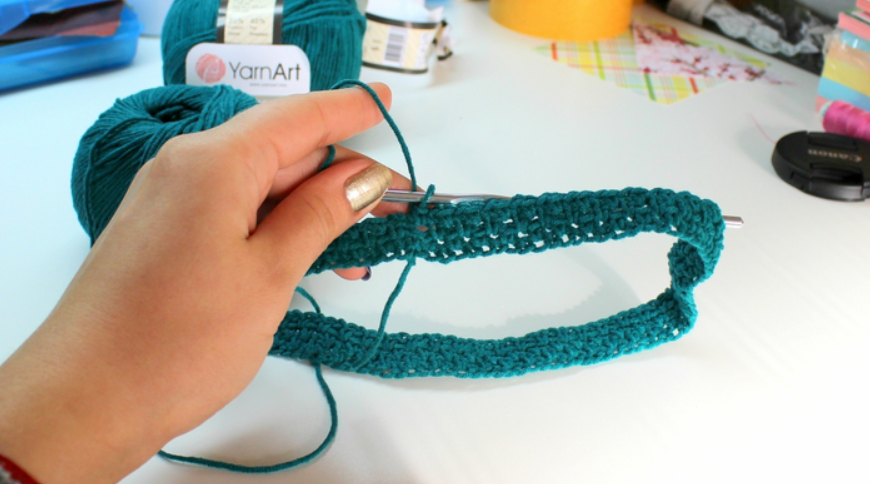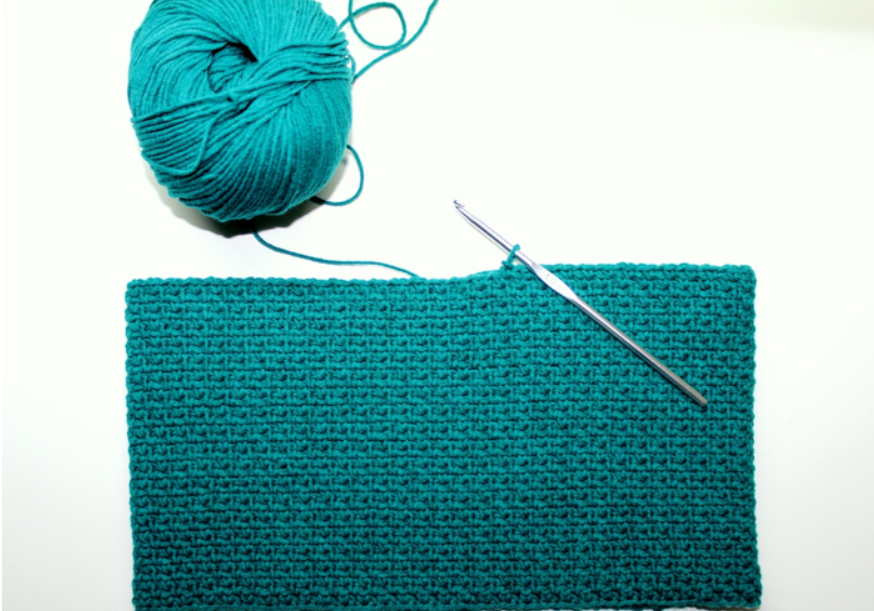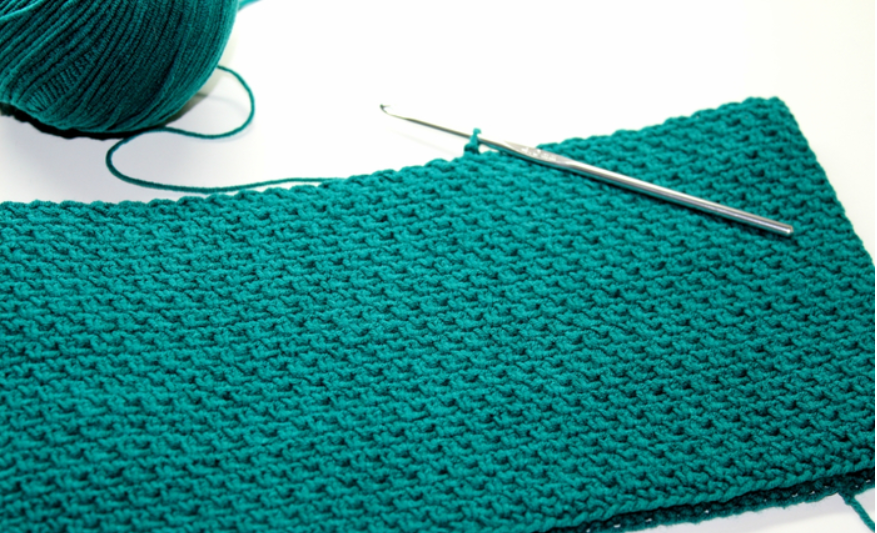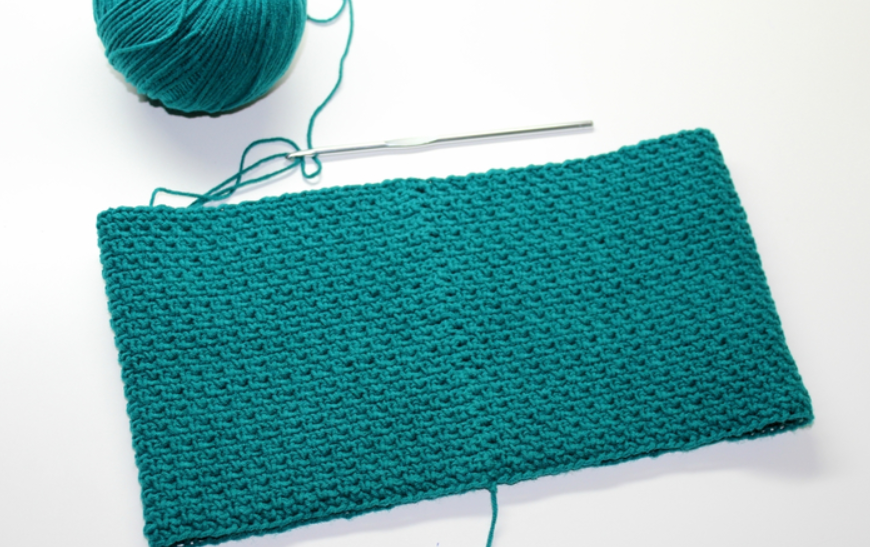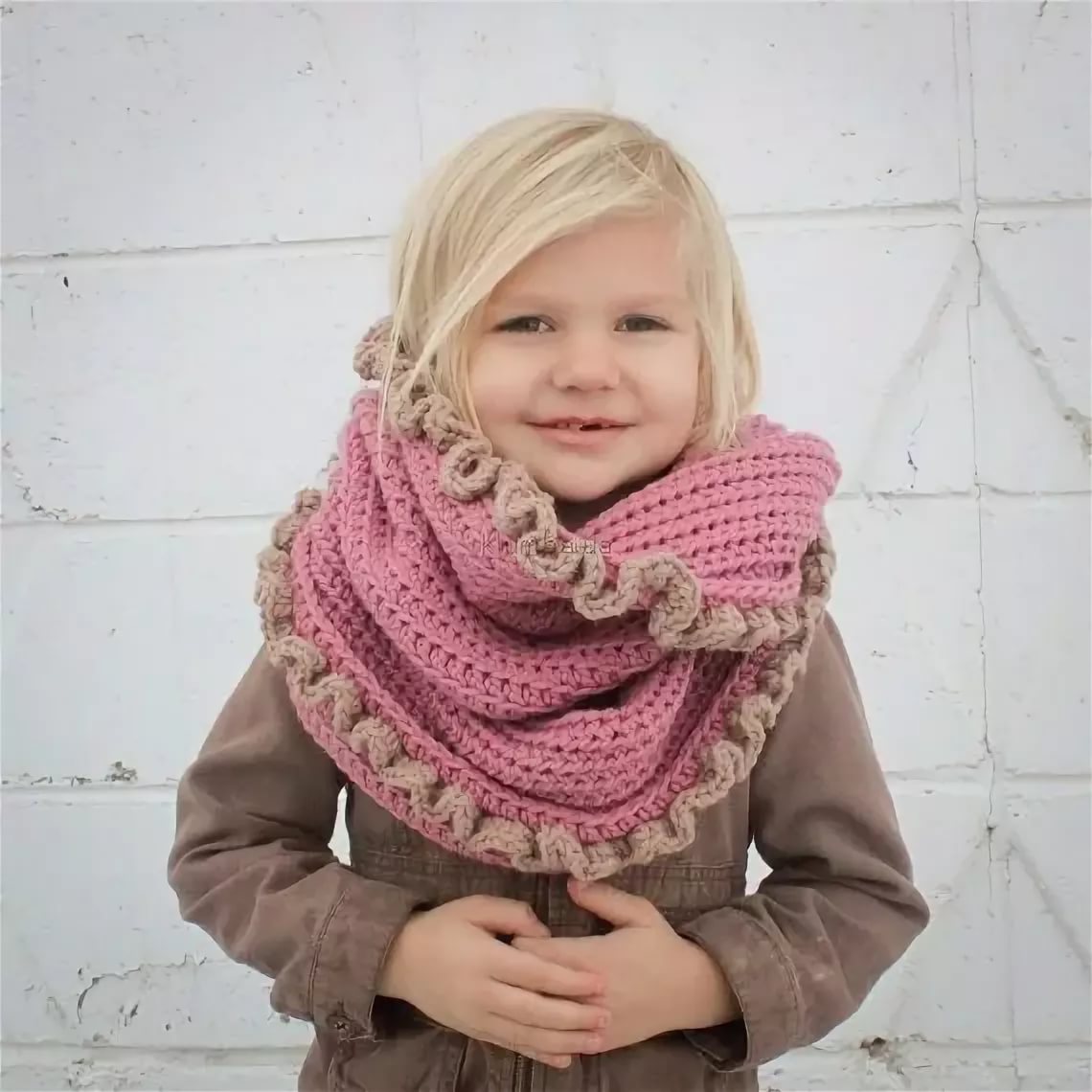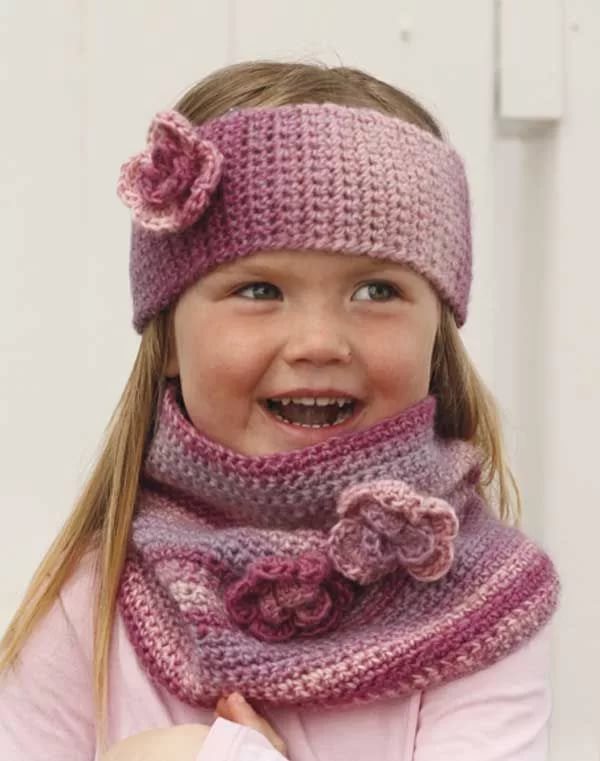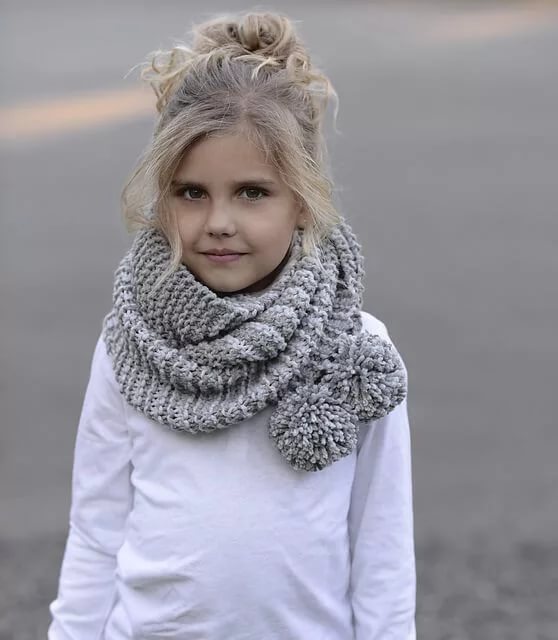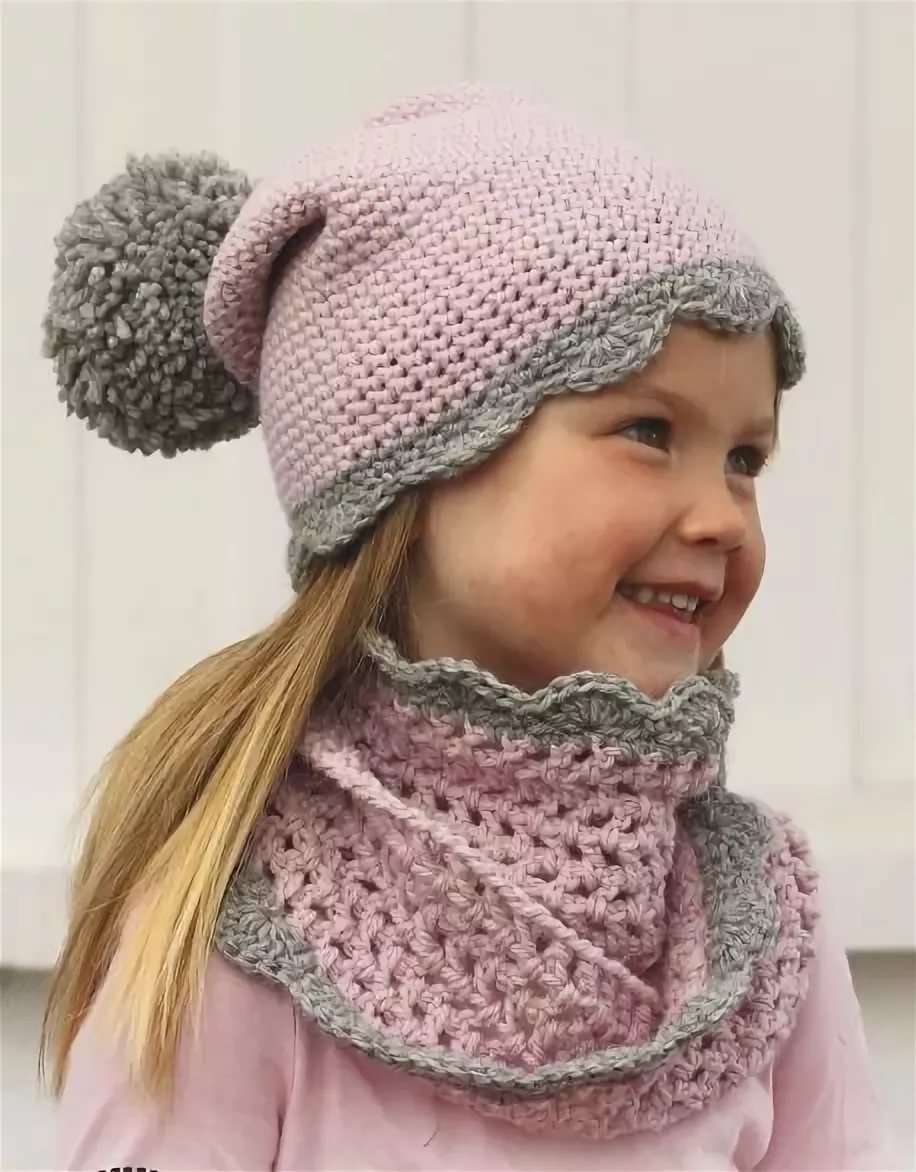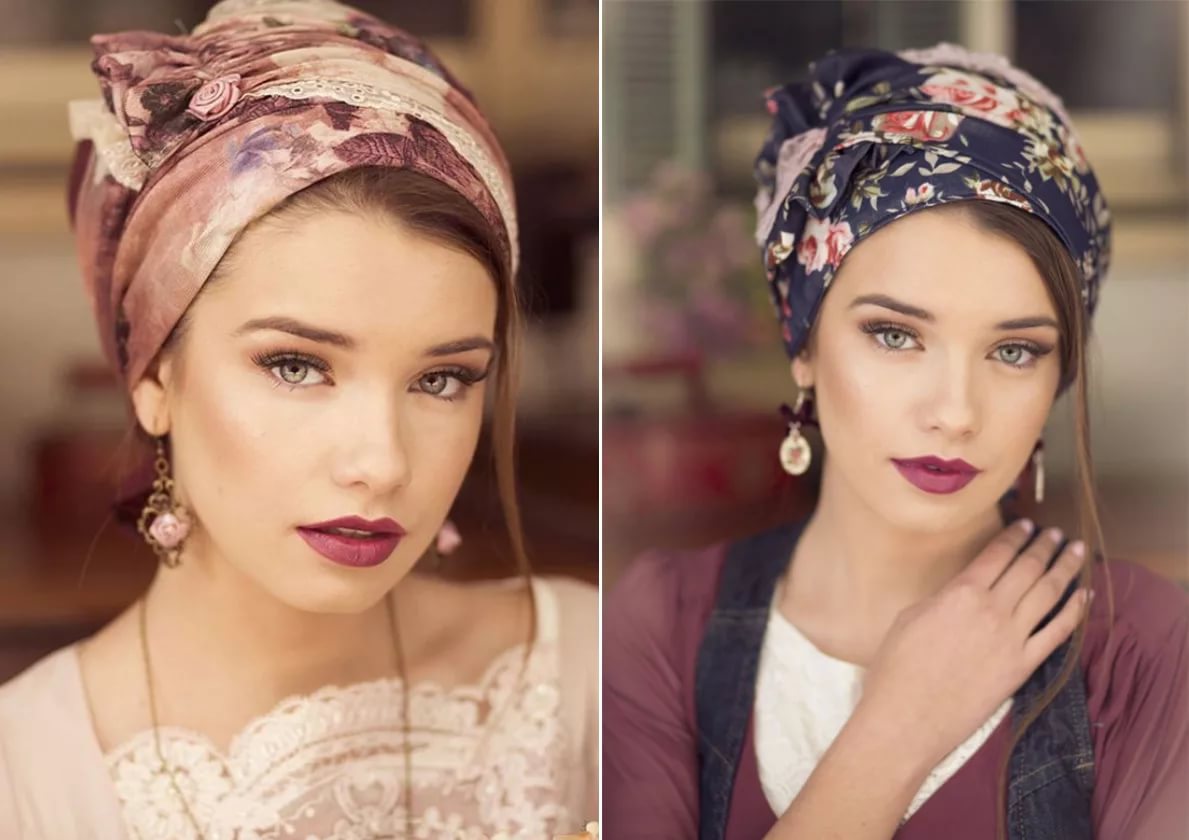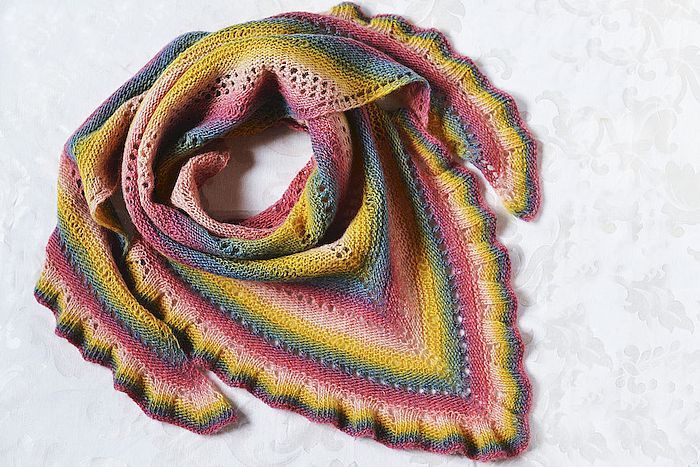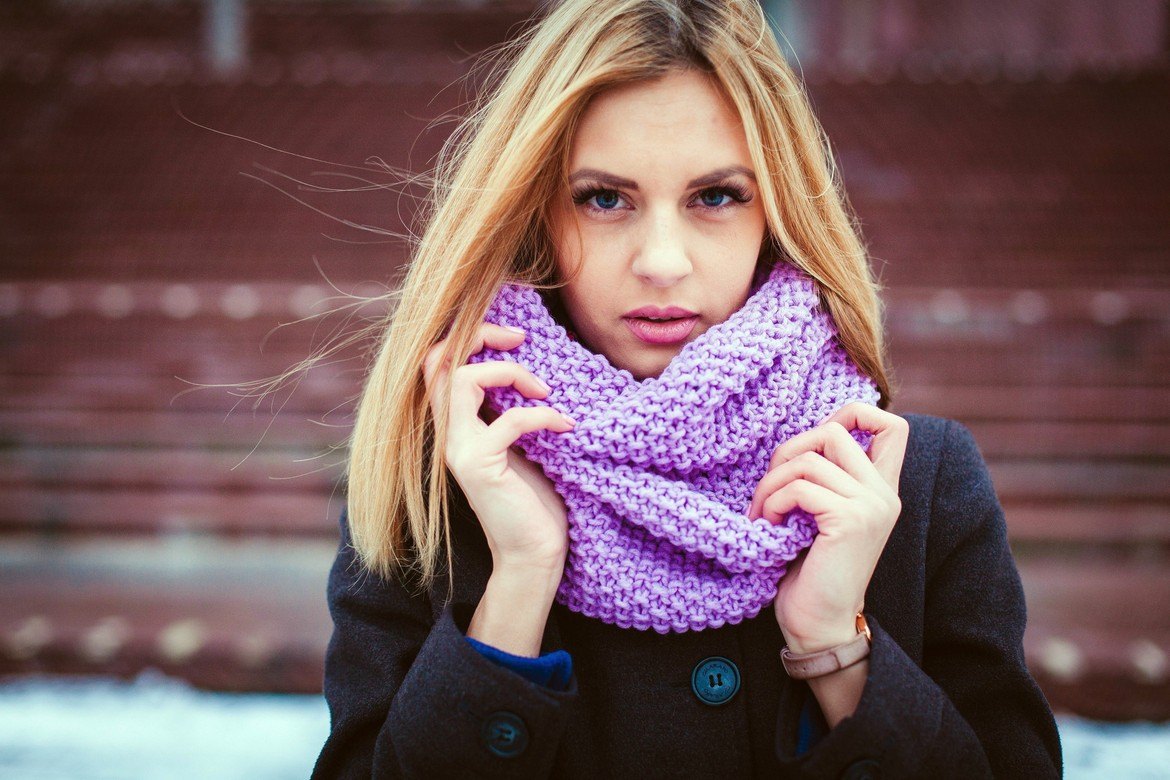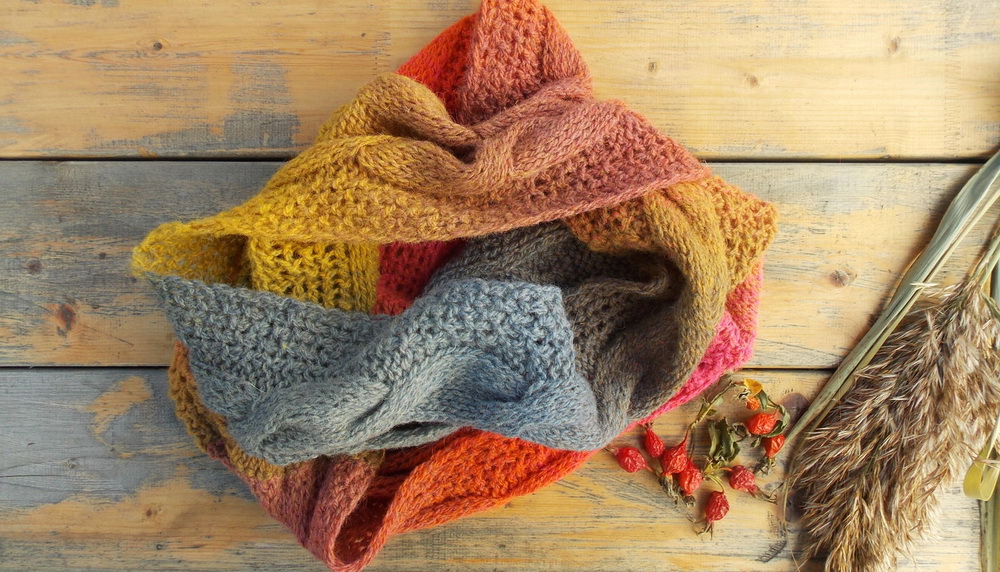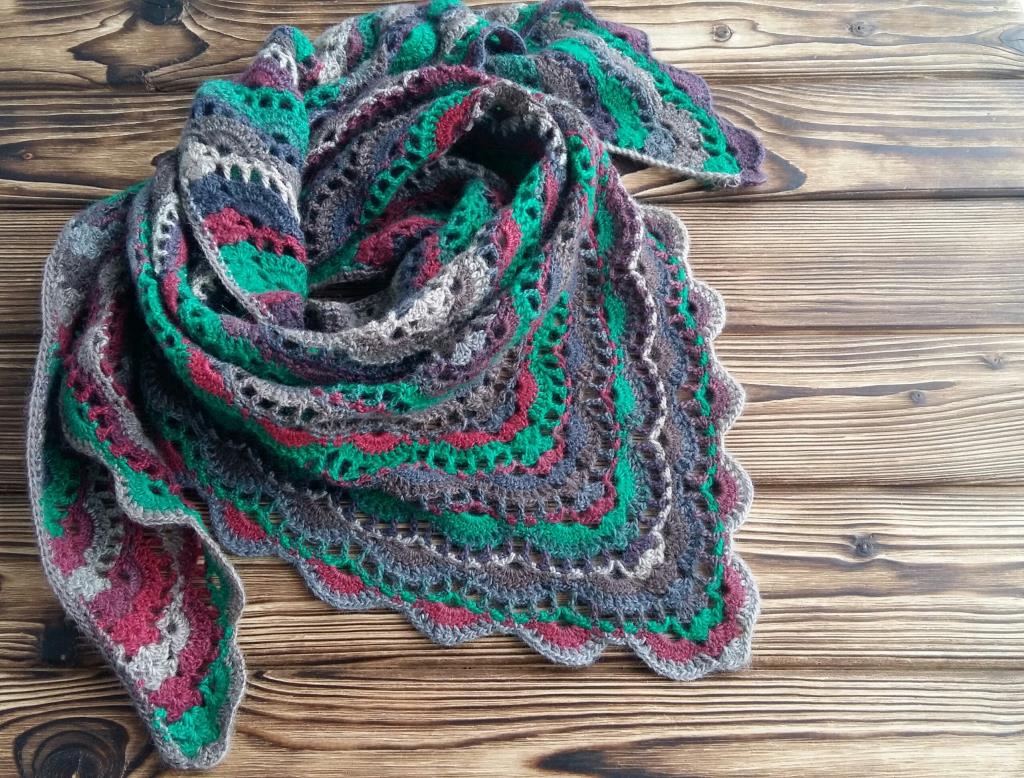A snood is a universal item of clothing. It can be worn around the neck instead of a stole, and if necessary, the accessory can be turned into a hat and protect the head from snow or wind. Having chosen the appropriate pattern, yarn, and color, you can crochet a snood for any season. Such a product is appropriate not only in a woman's wardrobe. Volumetric snood scarves are suitable for the stronger sex, and soft children's snoods will reliably protect boys and girls of any age from the cold.
Materials and tools
It is not difficult to crochet a snood scarf, because it is an elongated rectangle sewn in the shape of a tube. Before you start choosing yarn for the product, you need to know what season the snood is intended for, what it will be worn with. A warm scarf can be smooth or voluminous. The winter version is made of thick threads. The fabric is knitted with large loops, not tightly, so that the snood can be wound freely and does not squeeze the neck. Semi-woolen or woolen yarn will do. If the item will be worn over winter clothes, you can choose threads containing down.
Yarn with long pile is not suitable for a snood, because when it comes into contact with the face, it will get into the nose and mouth.
The following are suitable for knitting winter snoods:
- Alize Lanagold Plus - semi-woolen yarn;
- Alize Merino Royal - merino wool;
- BBB Mega Alpaca - mixed, contains alpaca wool, acrylic;
- Seam Lana Fresco - wool and cotton;
- Semenovskaya "Glasgow" - English crossbred and acrylic.

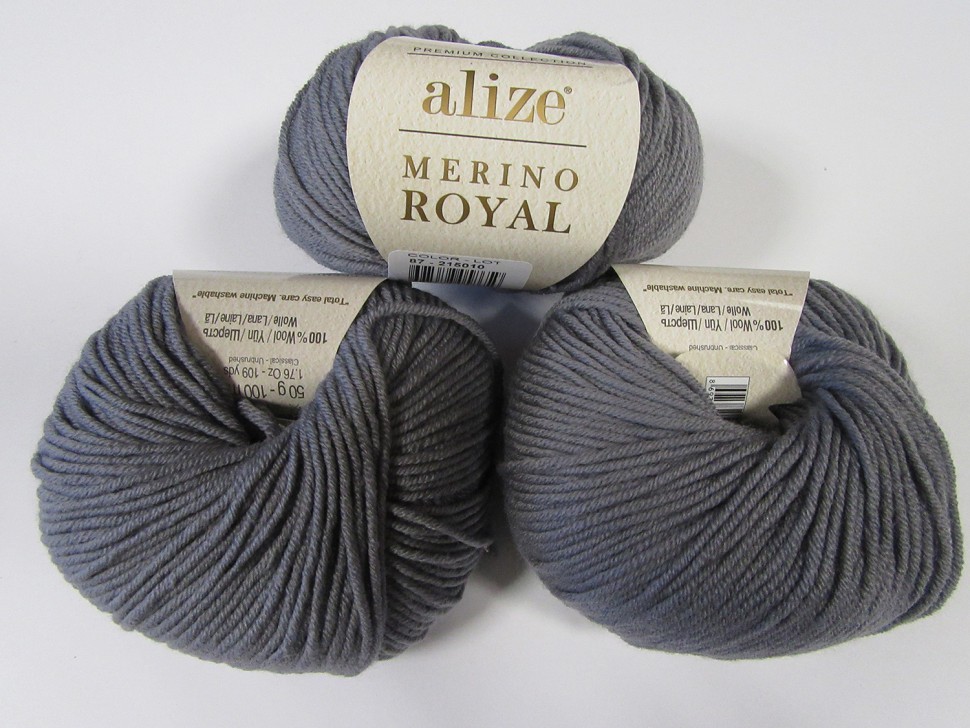
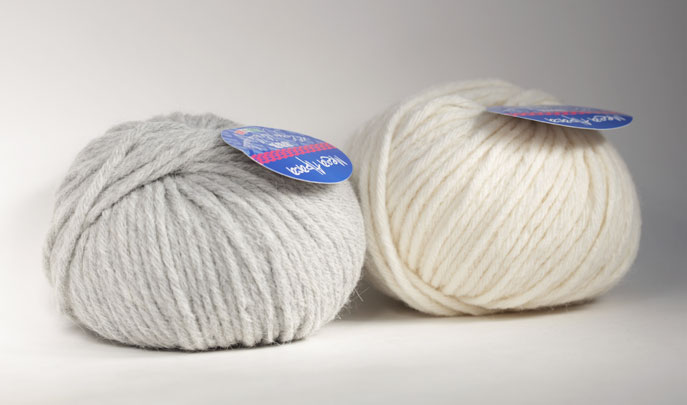
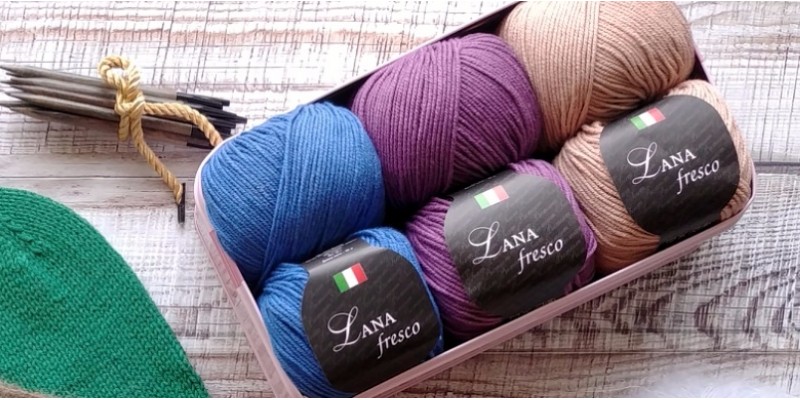
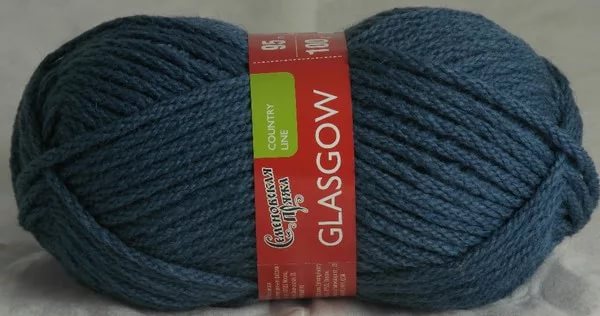
A snood knitted from thinner yarn will not stick out from under outerwear if worn this way. A thin demi-season collar is wrapped around the neck two or even three times. Yarn with a tight twist, without lint, is suitable for it. The pattern on the fabric will be smaller, but you should not knit it too tightly to preserve the softness of the product and its ability to drape.
The following are suitable for crocheting a snood:
- Alize Cashmira - pure wool;
- Dive Silva - wool with viscose;
- Lang Yarns Asia - yak wool with silk;
- Semenovskaya "Lydia" - wool with acrylic.

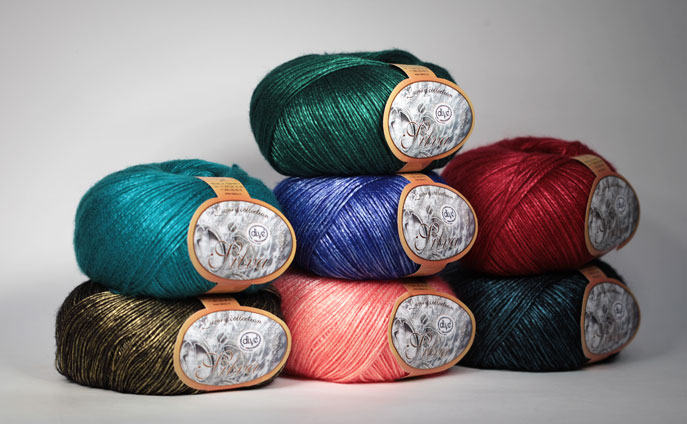
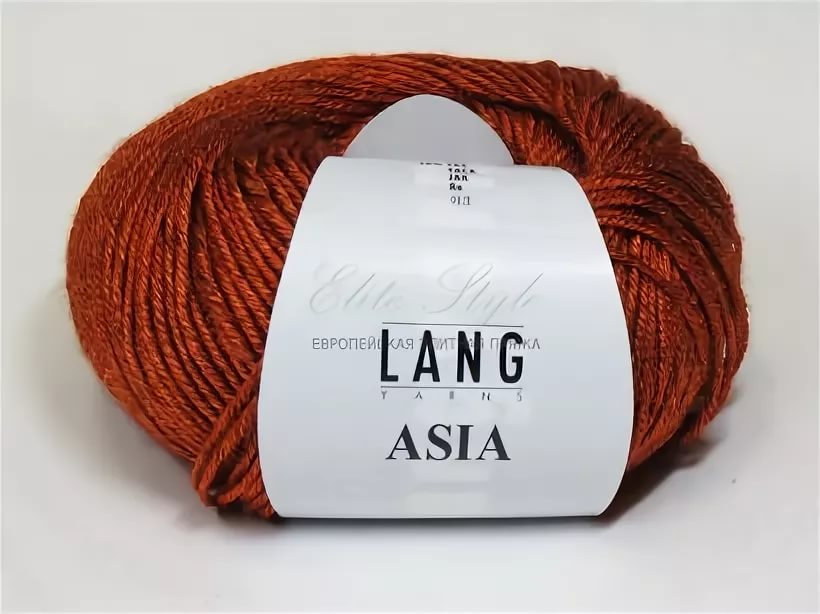

A summer snood will complement your outfit, will come in handy as protection from the scorching sun, and will help keep you warm on a cool evening. It should be light, thin, and drape well. Cotton, linen, and silk threads are preferable for such a scarf. When choosing, it is important to consider that pure cotton and linen form a fairly rigid fabric when knitted, which will not lie softly, so it is better to choose blended yarn. In combination with microfiber, viscose, natural fibers will become more flexible. In the summer, you need a thin, openwork scarf, so crocheting should be loose.
The yokes, which are worn in one turn, imitating a collar, can be denser. Such a product must hold its shape, which is impossible with very loose loops.
Examples of successful threads for a summer scarf:
- Katia Butterfly - cotton, acrylic;
- Noro Mirai - cotton, silk, viscose;
- Semenovskaya "Tenderness" - cotton, acrylic;
- Alize Bamboo Fine - bamboo fiber.
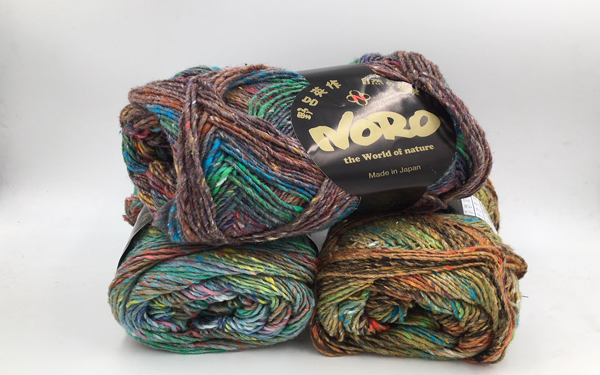
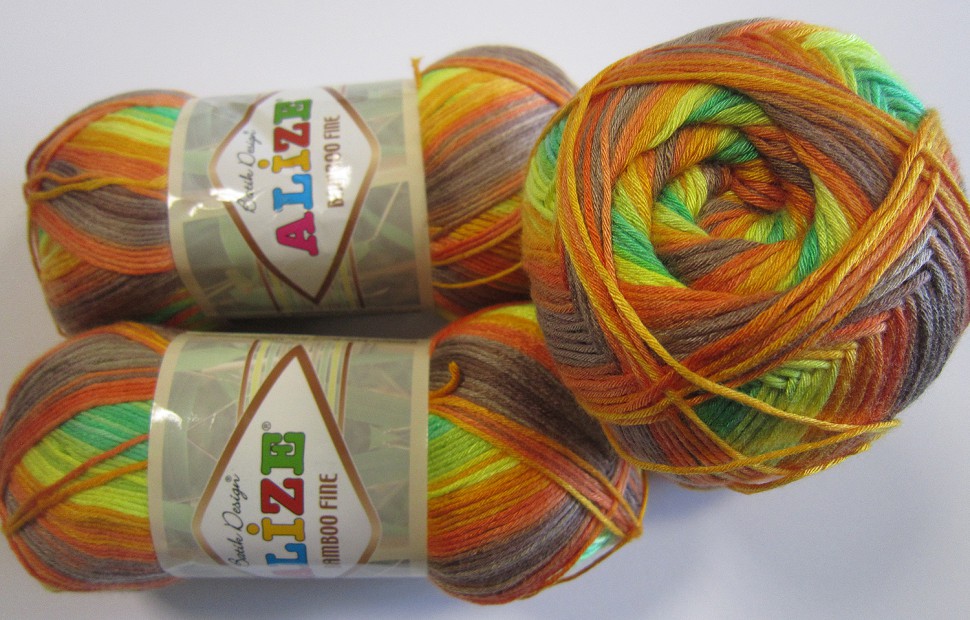
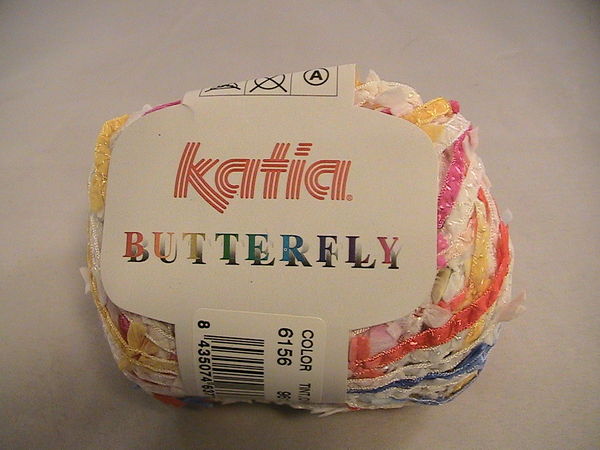
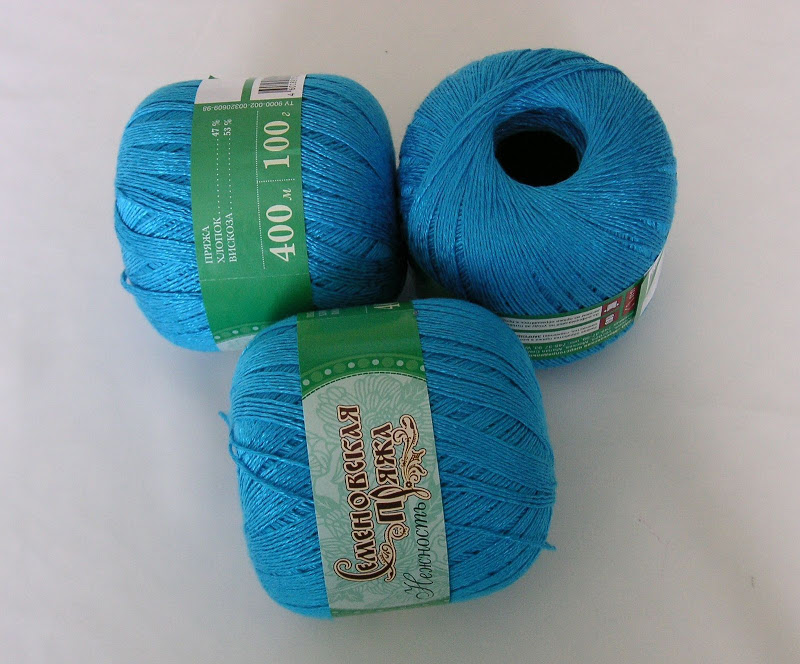
When choosing a color, you need to remember that the scarf will be in close proximity to the face, so the shade should match the color type of the owner's appearance. After the type of yarn has been determined, you need to select a hook. Its size depends on the thickness of the thread. Usually, the manufacturer indicates this information on the yarn packaging.
You can select a hook by inserting a thread into the working recess of the tool. It should fit the diameter exactly, without falling in or sticking out.
The density of knitting can be changed. It depends on the hook. If you need to get a loose product, then the size of the tool is selected larger than recommended. For a dense fabric - vice versa.
Size calculation
To calculate the length and height of the snood, it is better to rely on individual measurements. It is necessary to consider whether this scarf will be worn only on the neck or also as a hood. Its width depends on this. The length is determined by the desired number of turns around the neck. To accurately determine the width, you need to measure the height of the neck in front from the chin to the point between the collarbones. Multiply the resulting size by 2.5. We find out the length from the distance between the index fingers of a person standing with his arms spread as far apart as possible.
If you can’t take measurements, for example, when the snood is knitted as a gift, you can use a table with average parameters.
| Purpose | Snood 1 turn, cm | In 2 turns, cm | 2 turns with throwing on the head, cm |
| Children from 1 to 3 years old | 25 x 45 | 13 x 90 | 25 x 90 |
| Children from 4 to 7 years old | 30 x 50 | 15 x 100 | 30 x 100 |
| Children from 8 to 12 years old | 35 x 55 | 18 x 110 | 35 x 110 |
| Adults | 40 x 60 | 20 x 120 | 40 x 130 |
Depending on the snood model, the dimensions can be adjusted. For example, you need to take into account the thickness of the outerwear if the scarf will be worn over it.
The yarn consumption depends on its thickness. The thicker the thread, the less footage is needed for the product. You can determine it precisely by knitting a 10 x 10 cm sample. Then you need to calculate how many such fragments are needed for the snood, unravel, and measure the length of the thread.
Techniques and patterns
Before knitting a snood scarf, you need to decide on the technique and pattern. The choice depends on the skill level of the knitter, the color of the yarn (a complex pattern looks good on a single-color fabric, a simple one is better combined with color transitions or melange), the season (a thick scarf is appropriate in winter or autumn, an openwork one - in summer).
A beginner can easily cope with a grid pattern, a uniform canvas of columns. Techniques of medium complexity include a grid of arches, knitting with lush columns. Creating complex openwork patterns that include several techniques requires experience. In addition, craftswomen are recommended to use knitting patterns.
The snood can be knitted in a circle, using a seamless method, or it can have one seam if a rectangular fabric is used as a basis. An original and convenient option would be a collar sewn from a rectangle in the form of a Mobius strip, when one edge is turned inside out before sewing.
Knitting stages
Before crocheting a snood, you should choose a pattern that will come with detailed instructions. The choice of pattern complexity depends on the experience of the craftswoman. For beginners, you should choose easy and detailed descriptions with patterns.
General abbreviations for the presented master classes:
- VP – air loop;
- SS – slip stitch;
- LP – air lift loop;
- CT – regular column;
- ССН – double crochet;
- SC – single crochet.
Clamp for beginners
This crochet scarf for beginners is crocheted in a circle, but each row goes in the opposite direction. It is worn in one turn. Its length is equal to the circumference of the head with an addition of 5 cm for easy putting on. The height is determined independently.
Step by step description of the process:
- A chain is made from an odd number of VP, equal to the length of the snood. Close it into a ring.
- 2 VP, then knit ST in the third loop from the hook. Knit the row to the end, alternating 1 VP, ST through one loop. Close the SS and turn the knitting.
- 2 VP, ST in VP of the previous row, then continue as in the second point.
Continue knitting in the same way until the desired height of the scarf is reached. The result is a tube made of fine mesh.
Openwork
If you crochet an openwork snood from thin yarn, you will get an airy summer model. If you take a semi-woolen thread, you will get a thin demi-season scarf. It is worn in two girths.
Knitting sequence:
- Knit a chain equal to the length of the collar and close it.
- 4 VP, 2 dc in the same loop, then 1 VP, 2 dc in the fourth loop from the hook, 2 VP, 2 dc in the same loop. Repeat the rapport to the end of the row.
- All subsequent rows are knitted in the same way, making a CCH in the arch of 2 VP of the previous row.
Knit the snood to the desired height. Sew the resulting fabric using a hook or a needle.
For a child
For little ones, you can knit a comfortable scarf with buttons that wraps around the chest at an angle. The advantage of such a product is that it does not need to be pulled over the head. This model is suitable for both a boy and a girl, you just need to choose the right colors of threads and buttons.
The knitting pattern is simple:
- They collect a chain of VP of the required length (neck circumference plus wrap).
- Then knit a DC into each loop of the chain.
- All subsequent rows are knitted in the same way. At the end of each row, the fabric is turned over.
After the crocheted snood is ready, lay it out on the table as it should be located on the neck, mark the place for three or four buttons. The loops for them will be the gaps between the posts. The advantage of this children's scarf is that the double layer protects the child's chest from the wind, and the buttons make it easy to put on and take off.
How to perform a harness correctly
For a beautiful design, both edges of the snood (or just the bottom) are tied with various patterns. The following types of tying are considered the most popular:
- simple - with columns of contrasting thread;
- "crab step";
- openwork;
- beaded edge;
- fringe;
- pompoms;
- fur trim.
The "crayfish step" binding is called so because the knitting does not move as usual - from right to left, but in the opposite direction. These are simple single crochets, but because they are knitted in the opposite direction, the row turns out to be twisted and denser. A thin border is formed, it can be done with the same threads as the main fabric, or you can take a contrasting yarn.
A children's snood or a scarf for a girl can be tied with beautiful openwork scallops. To do this, you need to create a fan of five double crochet stitches in the second loop of the edge. Then knit a slip stitch through one loop, and through another one - another fan. Continue this way until the end of the edge.
Additionally, the snood scarf can be decorated with a brooch, buttons, a knitted flower, or embroidered with beads. Products with animal ears are popular among children and young people. A snood looks spectacular when paired with gloves, mittens, or a muff.
A crocheted snood scarf will help update your wardrobe. It is easy and quick to make, so you can acquire a whole collection, complementing each outfit with a fashionable and original accessory.
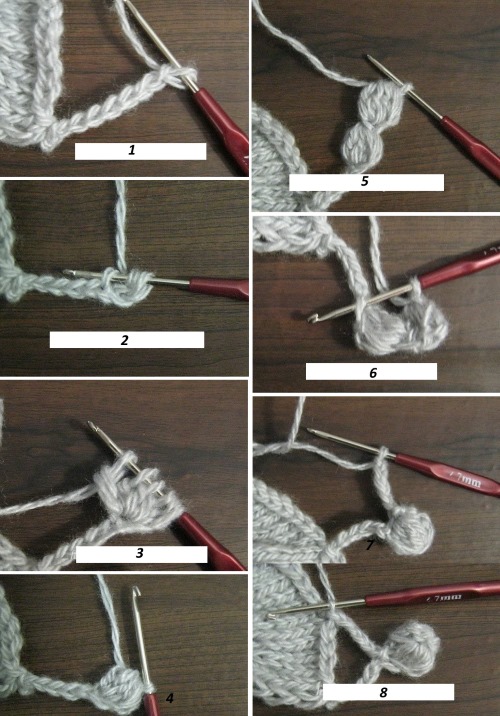
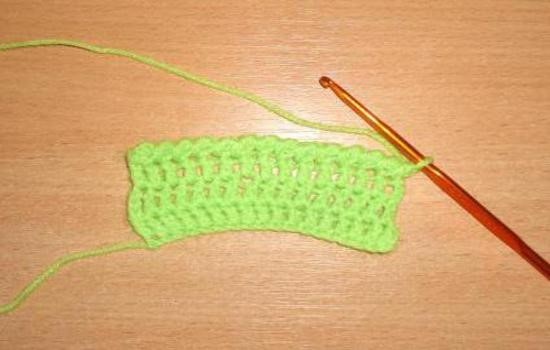
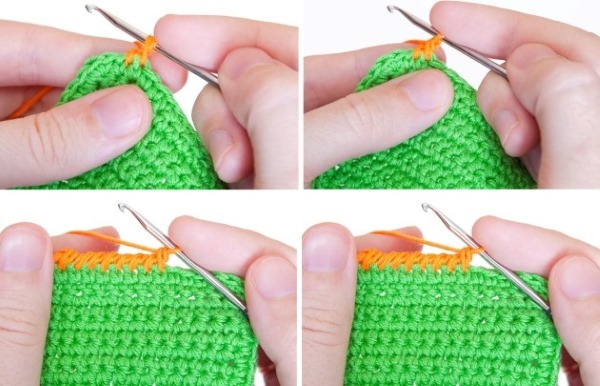

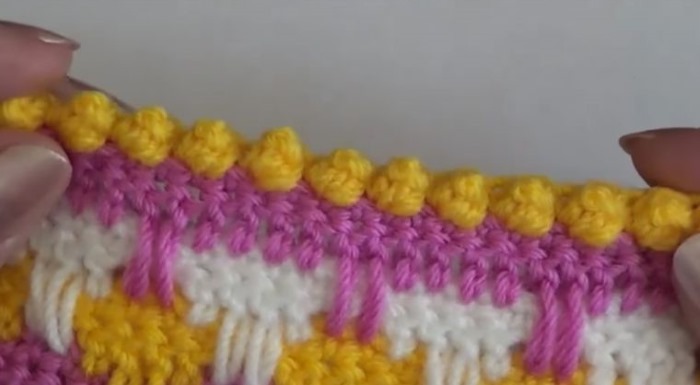
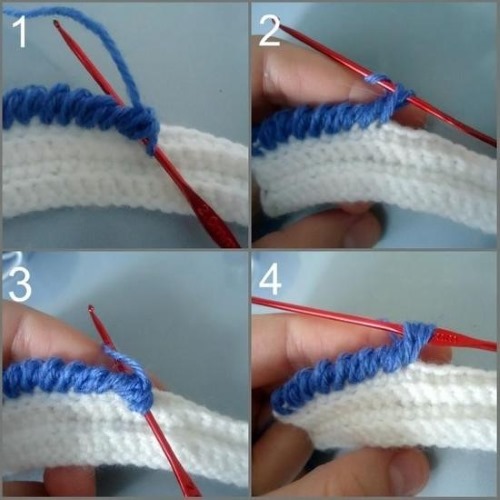
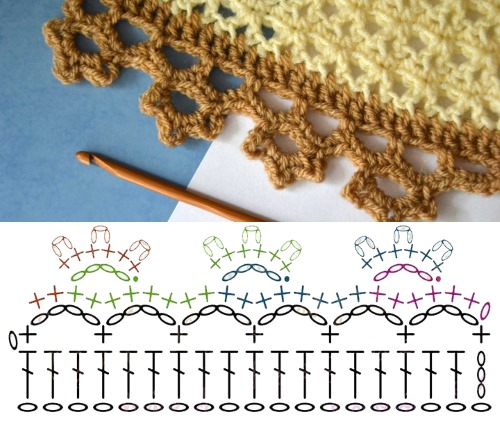
Video

